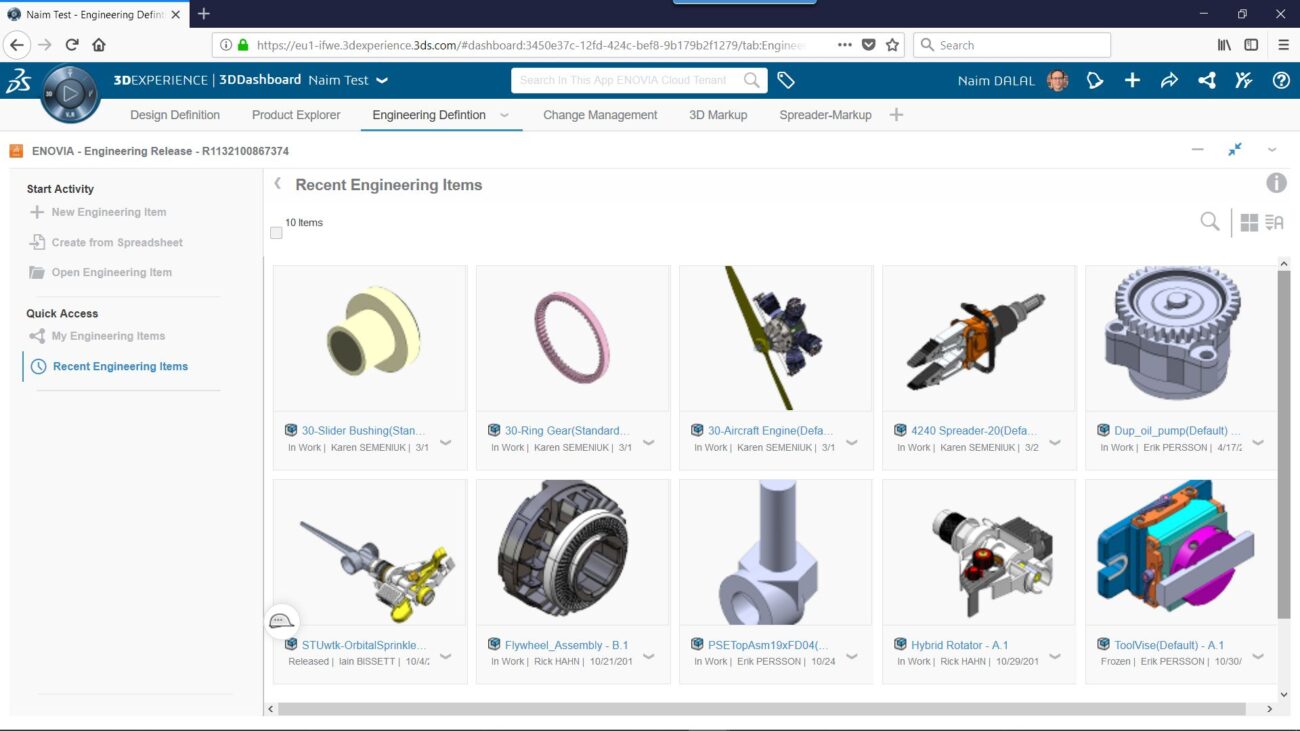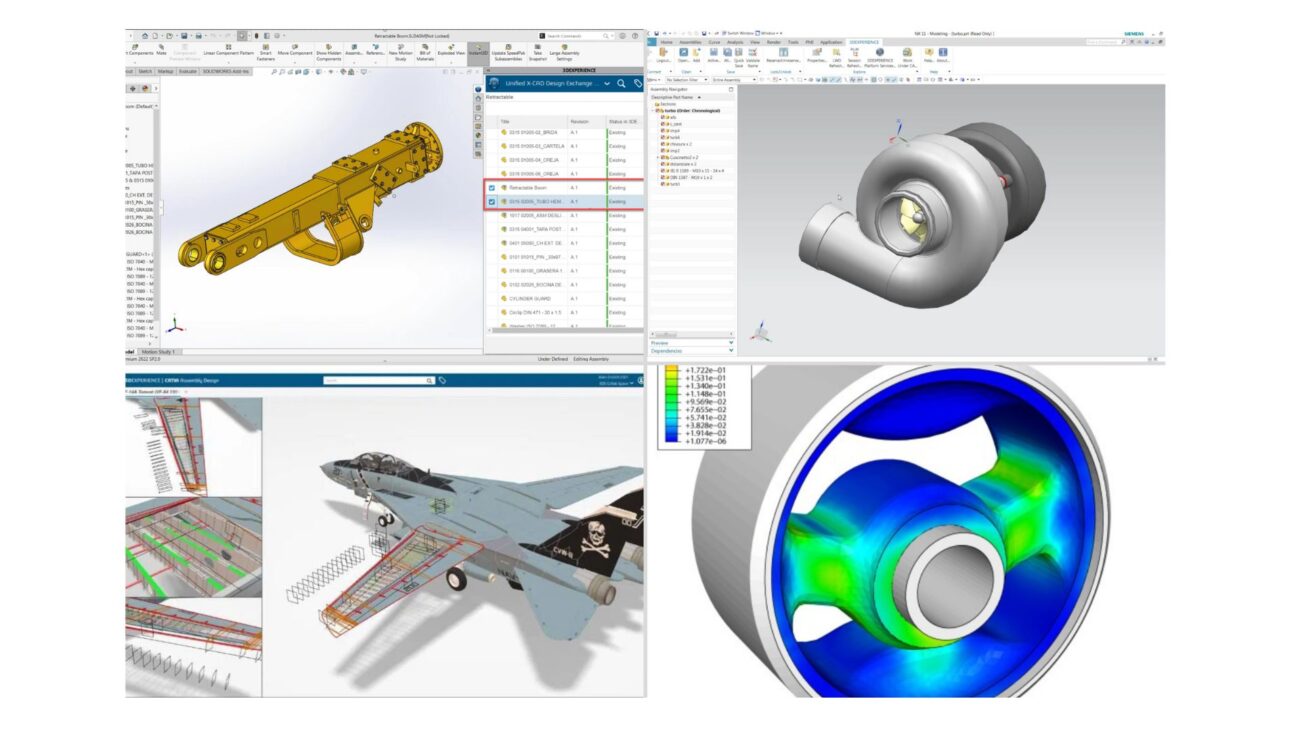Business in the ‘cloud’ transforms the manner of use and the cost of software for the design. There is no more need for investment in physically present hardware and installation costs and administration. Imagine that the implementation of solutions for product innovation can be done in just a few clicks and that you have a tool for designing available 24 hours, seven days a week, from any location.

At a time when the complexity of the business grows, more companies are looking for a unique business platform to create innovative experiences and cover the entire production process. Therefore, it is crucial to provide companies with functional tools that also provide added value and simplify design tasks.
You can improve your business with the 3DEXPERIENCE platform that has moved 3D design boundaries and you can realize your ideas at any time thanks to collaborative tools that allow you to always have your business with you.
About 3DEXPERIENCE Platform
3DEXPERIENCE is a comprehensive business platform that combines the diverse brands and solutions of Dassault Systèmes – CATIA, ENOVIA, DELMIA, SIMULIA, 3DVIA, DYMOLA, ICEM, EXALEAD, NETVIBES into a unique solution through a consistent user concept and an integrated product data model. It enables the integration of all processes and data throughout the product lifecycle into an information environment with precisely defined roles and user competence, 3D design applications, modeling and simulation applications as well as intelligent data management applications and data systematization. Connects engineers, designers, managers, marketing, sales, and other departments and locations to an integrated collaborative environment.
With a unique, easy-to-use interface, 3DEXPERIENCE industry solutions are based on 3D design, analysis, simulation, and software solution intelligence. They are available in two versions: On-Premises and On-Cloud.
All solutions available on Cloud have secure access to and storage of data. The data protection mechanisms are at the highest level and comply with the latest standards.

The Installation Process of 3DEXPERIENCE on Cloud
Because it unfolds, “online,” from the moment you create an order, you receive an initial e-mail with the necessary instructions and begin the installation process, you are operating for 5 to 20 minutes.

Very Easy Implementation and Administration
Whether it is a local or web application, all present and use licenses that are located in the cloud (cloud), where data is stored, both for desktop and for web-oriented applications.

Minimal Technical Requirements
Because communication with “cloud” is done online, you need constant internet access for seamless access to your data. Everything has been designed to be constantly delivered to the server, where data is stored, for later access. In this sense, both need to supply a “download” and “upload” speed of at least 2 MB/sec, which is nowadays part of most standard internet packages. Also, the results of the ping test, should not exceed 120 milliseconds. The figures can be checked at any time at any of the sites that are used for test speed Internet connection.

How is 3DS Cloud Safe? How to Protect Your Data?
Your data is safer than you can imagine. Protection mechanisms are at a very high level and the data is safer than on most servers, which are stored locally. There are three levels of protection, which are applied in accordance with the latest safety standards. Dassault Systèmes at any time guarantees the security of your data and allows you to backup and download them at any time.
3DDrive Capability in 3DEXPERIENCE On Cloud
3DDrive is the document management and file-sharing application that sits on the 3DEXPERIENCE platform. As a basic comparison, it is similar to Dropbox, OneDrive, and Google Drive, and in fact, these three programs can also be integrated into 3DEXPERIENCE.

3DEXPERIENCE Power’By Capabilities for MultiCAD Integration
The Power’By concept improves the collaboration between users by increasing the capability of managing documents and 3D Model data on 3DEXPERIENCE platform.

Why 3DEXPERIENCE on the Cloud?




